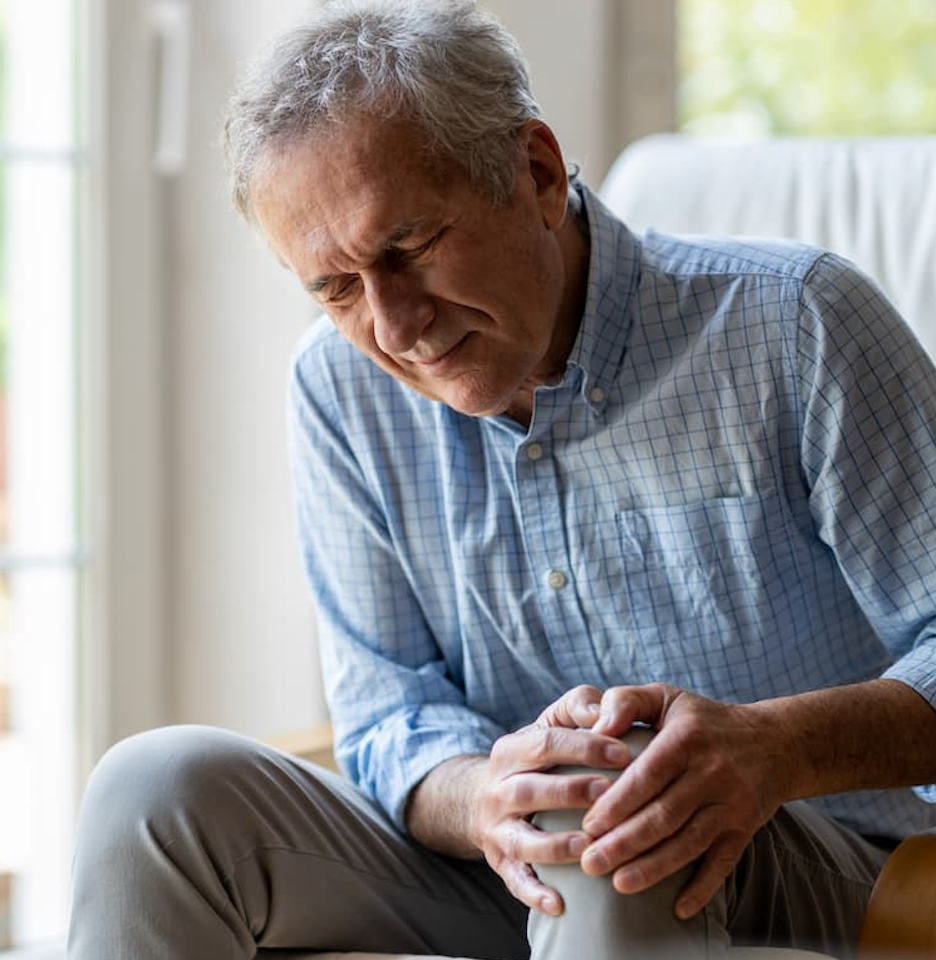Publication
Article
Pain Management
Experts Share Best Practice Tips for Managing Knee Osteoarthritis Pain
Author(s):
Non-surgical management options for osteoarthritis (OA) of the knee include low-impact exercise, physical therapy, and anti-inflammatories.
Roger Chou, MD
Before doctors get out their prescription pad, they should first make sure the patient does, indeed, have knee OA, and is not suffering from another condition with overlapping symptoms, says Marc C. Hochberg, MD, MPH, professor of medicine and epidemiology and preventive medicine at the University of Maryland School of Medicine in Baltimore. “A good physical examination should reveal if the pain is actually due to knee OA and not due to anserine or prepatellar bursitis, tendonitis, a soft tissue injury, or iliotibial band syndrome,” he says.
Once the diagnosis is made, the first prescription should be for physical therapy. Hochberg says that “Non-pharmacologic modalities remain the cornerstone of therapy for osteoarthritis. The most important modality is physical therapy. Drugs should be added to, not be a substitute for, non-pharmacologic modalities.” Physical therapy will strengthen the muscles that surround the knee joint and maintain range of motion, and exercise will improve aerobic capacity and help with weight loss, if that is necessary.
“Exercising is one of the best things that people with osteoarthritis can do. Studies show that exercise improves pain and function, and we don’t have any evidence that exercise is deleterious with regard to structure in the majority of patients with knee osteoarthritis, so I think that’s largely a myth,” Hochberg says.
Roger Chou, MD, associate professor of medicine at Oregon Health and Science University, Portland, agrees that exercise is an important component of the management of knee OA and that the perception that exercise will make the knee joint worse is misplaced. “Exercise itself isn’t thought to cause osteoarthritis. Runners actually have better joints than non-runners. People who are prone to arthritis are prone to arthritis. We don’t encourage high-impact sports; the best option is low-impact exercises such as cycling, walking, and swimming,” Chou says.
Victoria Brander, MD, associate professor, physical medicine and rehabilitation, Northwestern University Medical School, Chicago, says “the most important goal is activity and all interventions should revolve around what is needed to keep the patient active. Physical activity and exercise is the cornerstone of treatment for osteoarthritis.”
Pharmacologic agents are essential to facilitate that activity and go hand in hand with exercise. These include oral non-steroidal anti-inflammatory drugs (NSAIDs), topical agents such as Voltaren gel and Pennsaid, and corticosteroid or hyaluronic acid injections for chronic knee pain.
"In most studies that have looked at topical NSAIDS for localized osteoarthritis of the hand and knee, the topicals have turned out to be as good as taking a pill."
—Roger Chou, MD
Voltaren and Pennsaid have advantages over oral NSAIDs because they have fewer systemic adverse effects. “Oral NSAIDs can cause bleeding in the stomach and cardiovascular effects, such as heart attacks. But with the topical NSAIDs you actually see very high joint levels, but extremely low levels in the circulation,” says Chou. “In most studies that have looked at topical NSAIDS for localized osteoarthritis of the hand and knee, the topicals have turned out to be as good as taking a pill.”
The role of opioids in the treatment of knee osteoarthritis is limited
When practitioners use opioids to treat OA, Hochberg says they should follow the recommendations of the American Pain Society or the American Academy of Pain Medicine. “The opinion is that opioid analgesics should be used when patients with OA of the knee or hip are candidates for total joint replacement but are either unwilling or have medical contraindications to undergoing the procedure.”
Patients on opioids should be closely monitored. “There are issues with addiction and risk of overdose, so these patients need to be carefully assessed and closely watched to see how they are doing. Not everyone benefits from opioids, either. Only about 20-30% do, and many actually don’t derive that much benefit at all,” Chou says.
Brander concurs. “I think there is a very limited role for opioids in osteoarthritis. In my practice, these drugs would be for patients who have significant other medical problems that would limit the use of injections, anti-inflammatories, or other analgesics for pain. I don’t use much chronic opioid therapy for osteoarthritis because I find that we are able to manage pretty well without it, unless patients fail all the other interventions.”

2 Commerce Drive
Cranbury, NJ 08512
All rights reserved.





